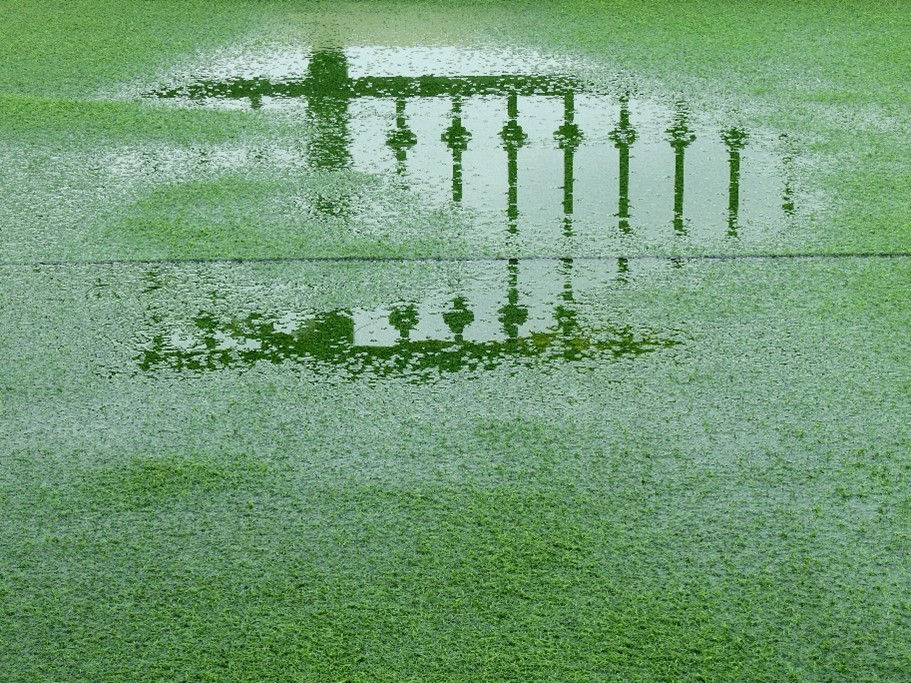How to care for your artificial grass in winter

Artificial grass looks wonderful all year round and that’s why its so popular here in the UK. With our unpredictable weather, it becomes hard to maintain a lush looking natural lawn and that’s why choosing artificial grass is a likely choice as you can have perfect grass any season.
Whilst artificial grass is low maintenance, with extreme weather, you will have to maintain your grass to some extent, especially in the winter. In this blog we’re exploring and give you top tips on how to care for your artificial grass in the winter…
Snowy and icy conditions
The British winter can bring all sorts of extreme weather including snow and frost, but how does this exactly affect your artificial grass? The good news is that artificial grass is very durable than actual grass and therefore it will endure bad weather better.
When it is icy and frosty, you will find that the grass blades become slightly stiff and this means that the grass won’t be as smooth to walk on as usual – it can also become very slippery. If it’s frozen, we don’t recommend walking on the grass as you might cause damage to the blades, so our suggestion would be to patiently wait for the ice or snow to melt naturally.
 Our artificial grass top tips for snowy and icy conditions:
Our artificial grass top tips for snowy and icy conditions:
If there is a build up of snow and you want to remove it, always do this by hand so you don’t damage any of the grass fibres. If you can’t do it by hand, then a plastic shovel should be used as a metal shovel will cause damage.
For ice, never use any chemicals on artificial grass but you can sprinkle some salt on the ice to help it melt quicker. However, the ideal solution will always be let it melt away naturally, so if you can avoid salt, that would be better.
Once the ice, frost or snow has melted away, give your artificial grass a quick brush with a stiff brush to help it become lush and lively again.
Rain and floods
With a lot rain and floods during winter, you will be pleased to know that artificial grass will nicely survive the rain and even be ok if there is temporary flooding in comparison to natural lawns. However, if your grass is flooded for a long period of time, there is a chance that mould could grow on your artificial grass. To avoid any chance of waterlogging and damage, you should always make sure you have your grass installed by a professional or install the grass correctly.
You can view our installation guide here for accurate artificial grass installation – How to Install Artificial Grass.
A top tip here from us will be to check over the drainage system after heavy rain to ensure everything is working fine.

Regular maintenance is key
Whilst a key benefit of artificial grass is low maintenance, as with anything at times artificial grass does need some TLC. Regular maintenance will help keep your grass looking lush and ready for any kind of harsh winter weather. What’s more is that it doesn’t need the same amount of cleaning as natural grass so it shouldn’t take you take much time.
For expert advice on how to clean artificial grass, why not read our article on How to clean Artificial Grass.
Another way to care for your artificial grass in the winter is by preparing and protecting it by using a
tarpaulin sheet as a cover. This ensures an extra layer of protection from snow, ice and frost.
